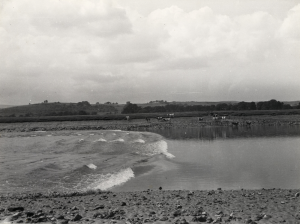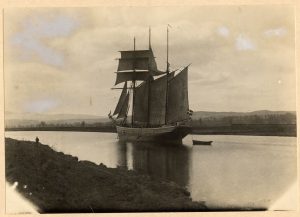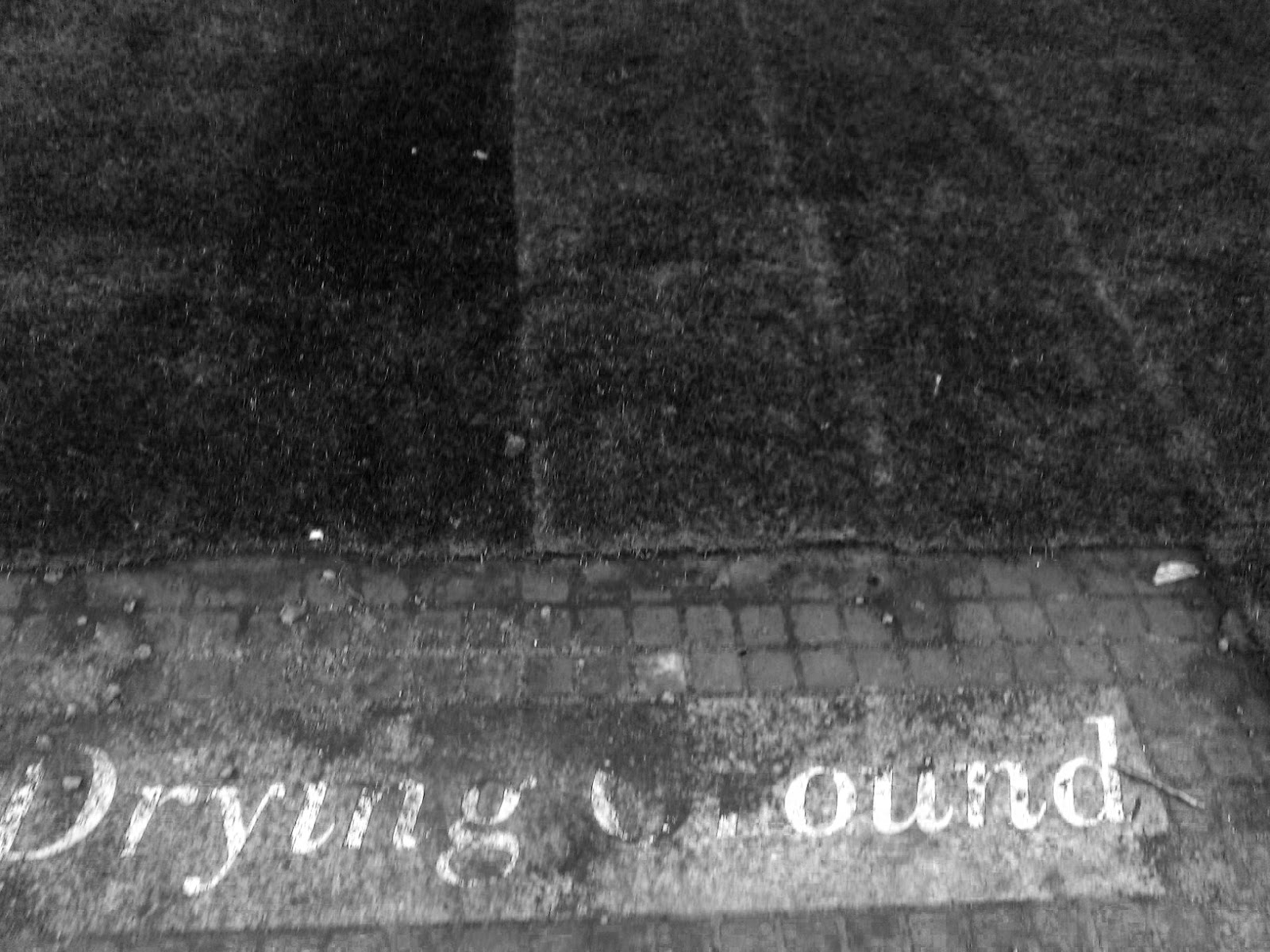We love a good press release at The Stove…..
Dumfries Artists Collective, The Stove Network, has been shortlisted for the prestigious Scottish Urban Regeneration Forum (SURF) Awards for 2014. Launched in 2003, these awards have become the benchmark for best practice in urban regeneration in Scotland.
The Stove Network has been shortlisted in the Creative category, which highlights best practice in arts-based projects that contribute to local regeneration efforts. The Stove Network has been nominated for its pioneering work in placing the arts and culture at the heart of regeneration efforts in Dumfries and, in particular, for its ‘innovative and exemplary arts practice in the context of national cultural and economic strategy’.
Commenting, Stove Curatorial Team Member Matt Baker said, ‘It is huge for us and for Dumfries itself to be getting this national recognition for what is happening in the town.’
‘The Stove Network works in close partnership with other arts organisations locally, such as Big Burns Supper, Moat Brae, Theatre Royal, and Robert Burns Centre Film Theatre, as well as DG Unlimited. SURF understands about partnership and this recognition is for all of us. The public really began to notice a buzz about the arts in the town after Dumfries was shortlisted as Scotland’s Creative Place for 2014 – the Creative Dumfries project was a massive communal effort by everyone connected to the arts and regeneration in the town.’
‘Currently, we are unable to use our premises on the High Street whilst DGC carries out essential accessibility improvements. Unfortunately, these works have been subject to significant delays and this has curtailed the projects that we have been able to do over the last few months. However, we hope people will have seen the potential of our work through events like the Nithraid in September. We are gathering an amazing group of people around our organisation – so just imagine what we will be able to do when we are fully functioning at 100 High Street!’
In June, The Stove Network worked with more than 40 local groups and individuals to create a ‘people’s charter’ for the town, which they launched as part of Guid Nychburris celebrations. The launch included members of the public hurling wet sponges from the town fountain at giant banners that changed colour when wet to reveal the Charter.
On September 13th, the artists staged the second running of their Nithraid event, which saw more than 4,000 people reveal the potential of the town’s riverside car parks as public space with an artist’s street market, roller skating, skateboarding, and BMX. Nithraid is a ‘dangerous sailing race’ in which sail-powered craft negotiate the river Nith from the Solway Firth into the centre of the town on the highest tide of the year.
The winners of the SURF Awards 2014 will be announced at the Radisson Hotel in Glasgow on 2nd December.




















